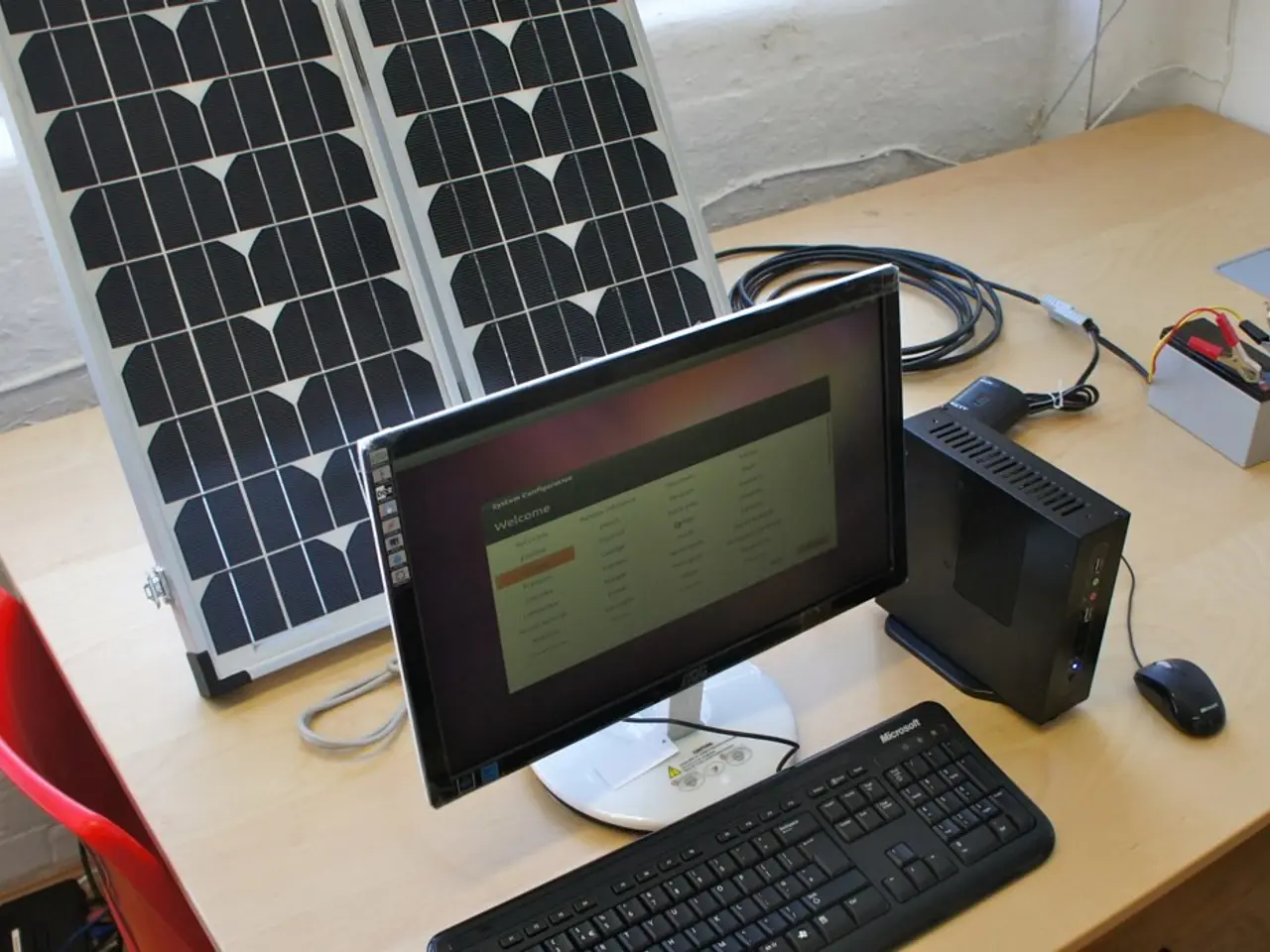Emergence of Cutting-edge Solar Energy Technology on the Horizon
Next-Generation Solar Cells Revolutionize the Energy Landscape
The global market for next-generation solar cells is poised for significant growth, driven by factors such as global sustainability targets, technological advancements, cost competitiveness, growing energy demand, and supportive investments. This transformation promises a cleaner, more sustainable, and technologically advanced future.
Key Innovations and Trends
Several key innovations are driving the growth of the next-generation solar cell market. Perovskite solar cells, for instance, have achieved laboratory efficiencies above 30%, surpassing traditional silicon cells (~22%). They offer simpler, lower-cost manufacturing and better light absorption, including in low-light conditions. Their flexibility and broad-spectrum absorption enable greater power generation even in cloudy or shaded settings.
Tandem perovskite-silicon solar cells, another innovation, layer perovskite on silicon to capture different parts of the solar spectrum, boosting overall efficiency. Recent records show tandem cells achieving ~34% efficiency, significantly above silicon alone. This promises higher power densities and improved cost-effectiveness for utility-scale applications.
Bifacial solar panels, which capture sunlight on both sides—direct and reflected light—enhance energy output by up to 30%. They increase energy yield and reduce land use, benefiting large commercial and utility installations.
Organic photovoltaics (OPVs) are lightweight, flexible solar cells suitable for portable or niche uses like consumer electronics, automotive applications, and infrastructure integration. Their flexibility enables decentralized and modular solar solutions, further diversifying solar deployments.
Quantum dot solar cells offer tunable bandgaps at the nanoscale, enabling higher efficiencies and tailored solar absorption characteristics as part of next-gen innovation.
Dye-sensitized solar cells (DSSCs) provide additional application flexibility and extend solar usage scenarios, being cost-effective and adaptable for environments with low light.
Market Impact and Global Energy Transition
The next-generation solar cell market is projected to grow at a CAGR of around 21.4% from 2024 to 2032, expanding from $2.6 billion in 2022 to $17.5 billion by 2032. This growth is driven by demands for cleaner, more efficient, and affordable renewable energy solutions aligned with global decarbonization goals.
These innovations will facilitate a more widespread adoption of solar technologies by enabling higher efficiency global installations and expanding solar applications into new sectors like IoT devices, automotive, and building-integrated photovoltaics.
Improved solar cell efficiency and flexible form factors reduce costs, increase energy output density, and decrease land use and carbon footprint, which collectively accelerate the pace of the global energy transition toward renewables. Advanced storage solutions paired with these solar innovations enhance reliability and grid integration, supporting higher penetration of solar power in energy systems worldwide.
Regional Insights
The Asia-Pacific region, led by China and India, is the fastest-growing region in the next-generation solar cell market, driven by heavy investments in clean technology infrastructure. The Next-Generation Solar Cell Market is expected to see significant contributions from decentralized, modular, and flexible solar applications by 2032.
European firms are at the forefront of perovskite and Organic photovoltaics (OPV) commercialization. North America represents the largest region for the Next-Generation Solar Cell Market, with U.S. initiatives supporting advanced solar R&D and corporate giants investing in clean energy procurement.
In summary, next-generation solar cell technologies will reshape the solar landscape by delivering superior performance and cost-effectiveness while enabling new use cases. This transformation will play a critical role in the global shift to sustainable energy over the next decade.
Read also:
- Catastrophe at a U.S. Steel facility in Pennsylvania results in the loss of two lives. crucial details unveiled
- Auto Industry Updates: Geotab, C2A, Deloitte, NOVOSENSE, Soracom, and Panasonic in Focus
- German Parliament convenes this week
- Chemical company, Chemours, instructed to promptly reduce PFAS discharge into the Ohio River








